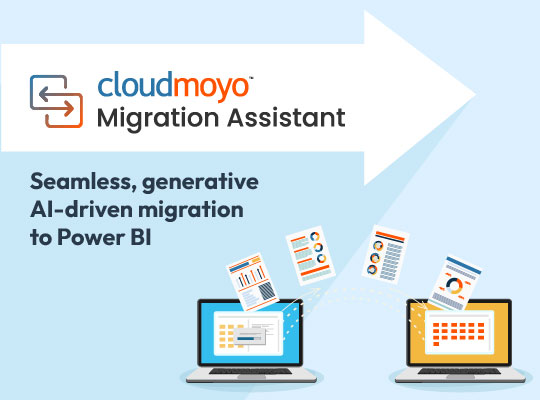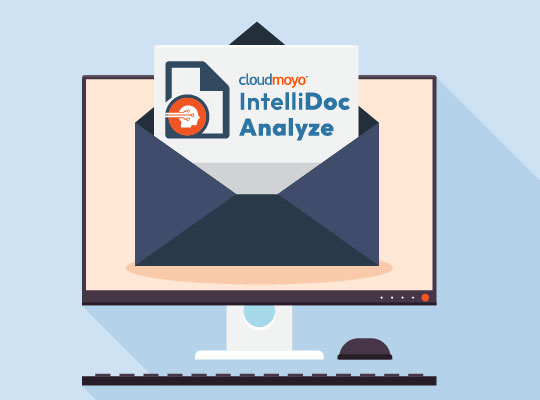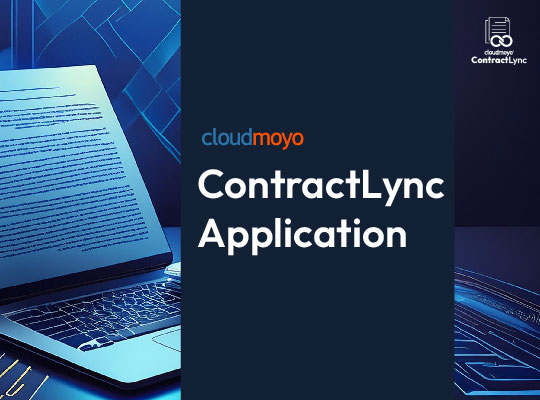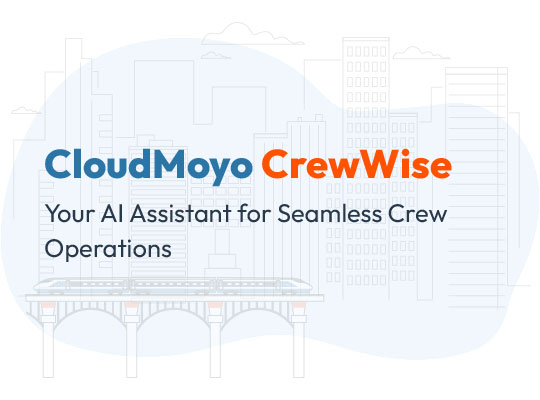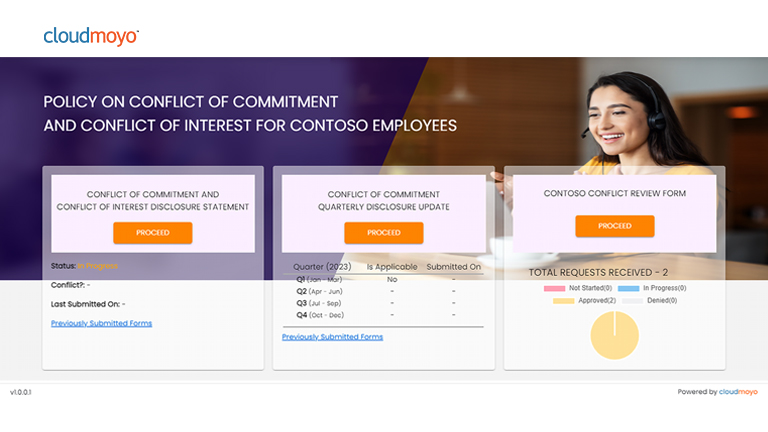Have you ever wondered if someone gets raises because they know someone, or if it’s ethical to accept gifts from vendors? Is it okay to allow someone to leave work early to volunteer in a place where they may solicit funds or donations for your workplace? These situations are sticky and fall under the term “conflict of interest.”
Conflict of interest (COI) is when someone’s interests (e.g., relationships, finances) may potentially impact their judgment in professional settings, both private and public. It’s when individuals make decisions that involve personal interests that directly conflict with their employers or business partners. Laws exist in the public sector like U.S. Code 208 that prohibit officers and employees of the U.S. Executive Branch from taking official actions against entities in which they (or their partners, organizations, children, etc.) may have financial interests. The EU has also made some attempts to provide regulations surrounding conflicts of interest like the Market Abuse Regulation.
But why does it matter?
Conflict of Interest and Compliance
Conflicts of interest can influence an employee’s decisions or actions in the performance of their duties. In most cases, they may seem small or innocuous, but they can negatively impact an organization’s reputation and future, and even have legal implications or hefty fines.
Conflicts of interest can be both actual or perceived and, in many cases, appearances are just as important as reality. For example, you’ve been promoted. Congrats! Now there’s an opening for your old position and you’ve chosen to fill it with a well-qualified candidate who also happens to be your cousin. Other employees may pose the question, “is this person qualified or were they hired as a favor?” This decision might appear suspicious and unethical, even if your cousin checked all the boxes and interviewed well. Their employment may then affect morale and culture, so it’s important that your cousin is transparent about their conflict of interest and that the conflict can be investigated through the proper channels.
Capturing Conflict of Interest Information
Richard P. Kusserow (for compliance.com) gives some insight into addressing and investigating COI like:
- Develop policies and procedures
- Require disclosure at onboarding
- Establish a system to manage and track COI
The entire process requires a lot of time and paperwork, along with trusted departments that must keep track of data and processes. Typically, new employees will be given disclosure documents at the beginning of their employment to fill out. These documents must then be sent to the proper approvers for review. If they’re approved, then the process is complete but if not, then documents must be escalated for further review. Keeping track of approved documents, where the documents are in the approval process, and storing these disclosures can be difficult – how many things have been lost to file cabinets or accidentally shredded?
However, as technology continues to evolve, we see many laborious processes being automated with various types of software to give time back to departments – like Human Resources – to focus on more pressing tasks.
Automating the Conflict of Interest Process
Tons of software exists to help make capturing COI information easy. This type of software can automate tagging of records, document resolutions, automate the disclosure routine, and capture insights into disclosure risk profiles with real-time reporting. From automated reminders to audit trails, COI software can truly transform the onboarding process to get employees into work faster, save HR departments time, and save organizations money in the long run.
How do you choose the right partner to automate the conflict of interest process? You’ll want to consider software scalability, cost-effectiveness, and oversight processes. You may also want to consider an organization’s experience and additional offerings beyond automating a single process for your organization.
As companies grow, they have more technical needs, whether it’s moving to the cloud, developing custom applications, or modernizing their data. Consider your company’s future needs and choose a partner who can go above and beyond in streamlining your business processes.
Case Study: CloudMoyo Streamlines Capturing Conflict of Interest Information
Our customer, a non-profit research center, sought to streamline their COI process. With this objective in mind, CloudMoyo experts created a custom application developed and deployed on AWS using PaaS services. This app allowed human resources teams to send conflict of interest disclosure forms to new and existing employess, triggering an automated workflow.
Want to know the full story? Download our case study here!
Compliance to Conclude
Compliance isn’t always the most exciting topic, but it’s incredibly important in ensuring your business thrives and is built to last. Conflict of interest is just one aspect of an organization’s overall compliance with federal and international regulations. It’s a significant risk area due to the repercussions organizations and/or employees face, whether it be hefty fines or employment termination. Disclosing conflicts of interest and being transparent could save your organization from reputational or financial harm.
However, maintaining your conflict of interest process doesn’t have to be difficult. Technology has allowed for the automation of labor-intensive business processes in ways that are secure and compliant with federal and/or international regulations.
If you’re ready to take the plunge into automating your conflict of interest process, make sure to choose the right partner! One who can go beyond automating a single business process, and truly walk with you on your digital transformation journey.
Ready to connect?
Check out more CloudMoyo resources here >>










